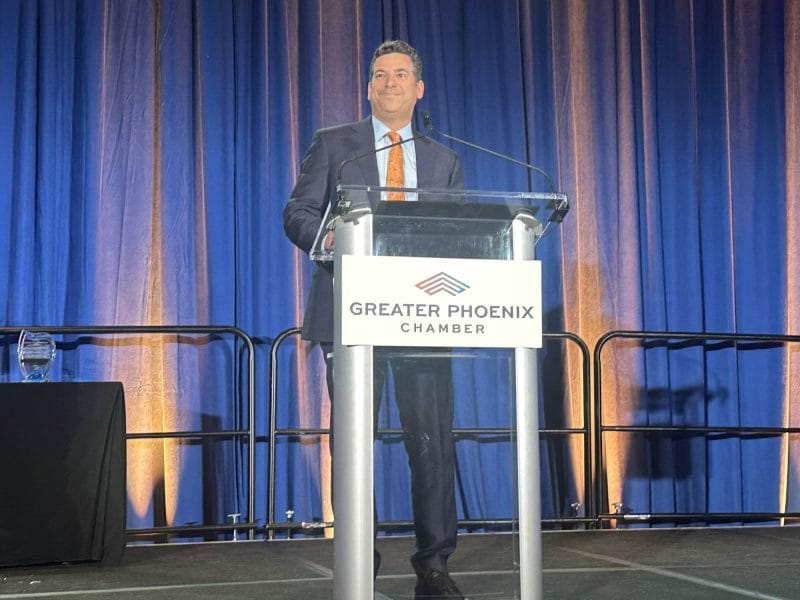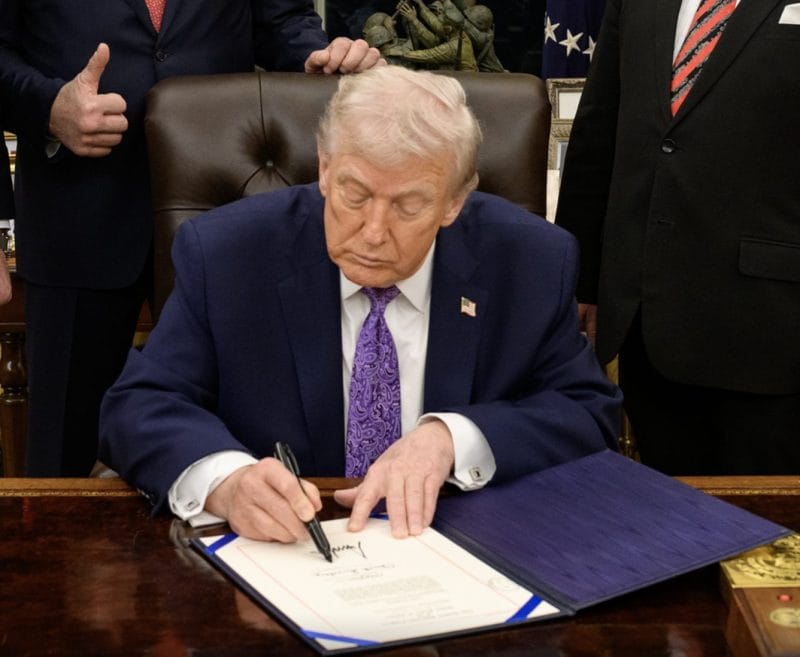 By Alden Woods | The Republic
By Alden Woods | The Republic
She had saved her unemployment checks for a security deposit and her last bit of optimism for the search to come. Finally her name had risen to the top of the list, so Ebony Lott went to Tempe to collect the piece of paper that made it all possible.
Housing Choice Voucher Program, it read at the top. Unit Size: 4. Expiration Date: 05/08/2017.
Ebony, 32, slipped the voucher back into its bright yellow folder and waited. The room where the city passed out Section 8 vouchers had a blank TV in the corner and a table full of apartment listings against the wall, and now Housing Services supervisor Theresa James entered to start the meeting she wished she could hold more often.
“The goal of this program is that you get affordable, decent, safe and sanitary housing,” James said. “We want you to have breathing room in your budget, so that you’re not having to make hard choices.”
Ebony said nothing. Already she had spent six years making hard choices, unable to stop her family’s slide from a string of temporary apartments to a Salvation Army homeless shelter. They fell into an affordable-housing crisis that has now spread to every county in the United States, leaving more than 7.7 million poor American households with severe housing needs and a government safety net whose holes grew larger each year.
For six years Ebony’s name lingered on a wait list, moving through the overburdened bottleneck that was the Housing Choice Voucher Program, also known as Section 8. A Section 8 voucher would allow her to rent an apartment and have the government pay 70 percent of the rent, giving her budget the breathing room to jump-start the climb out of poverty.





